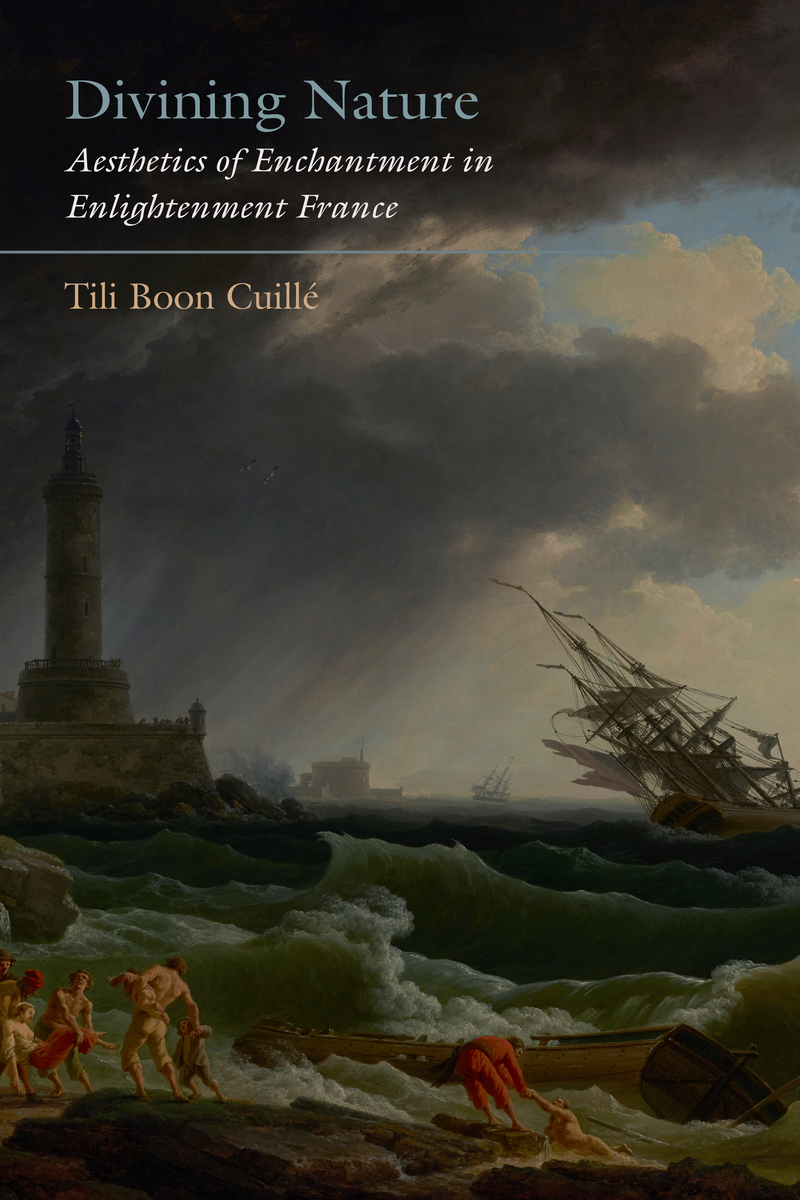
Divining Nature: Aesthetics of Enchantment in Enlightenment France
The Enlightenment remains widely associated with the rise of scientific progress and the loss of religious faith, a dual tendency that is thought to have contributed to the disenchantment of the world. In her wide-ranging and richly illustrated book, Tili Boon Cuillé questions the accuracy of this narrative by investigating the fate of the marvelous in the age of reason. Exploring the affinities between the natural sciences and the fine arts, Cuillé examines the representation of natural phenomena—whether harmonious or discordant—in natural history, painting, opera, and the novel from Buffon and Rameau to Ossian and Staël. She demonstrates that philosophical, artistic, and emotional responses to the "spectacle of nature" in eighteenth-century France included wonder, enthusiasm, melancholy, and the "sentiment of divinity." These "passions of the soul," traditionally associated with religion and considered antithetical to enlightenment, were linked to the faculties of reason, imagination, and memory that structured Diderot's Encyclopédie and to contemporary theorizations of the sublime. As Cuillé reveals, the marvelous was not eradicated but instead preserved through the establishment and reform of major French cultural institutions dedicated to science, art, religion, and folklore that were designed to inform, enchant, and persuade.
This book has been made possible in part by the National Endowment for the Humanities: Exploring the human endeavor.
